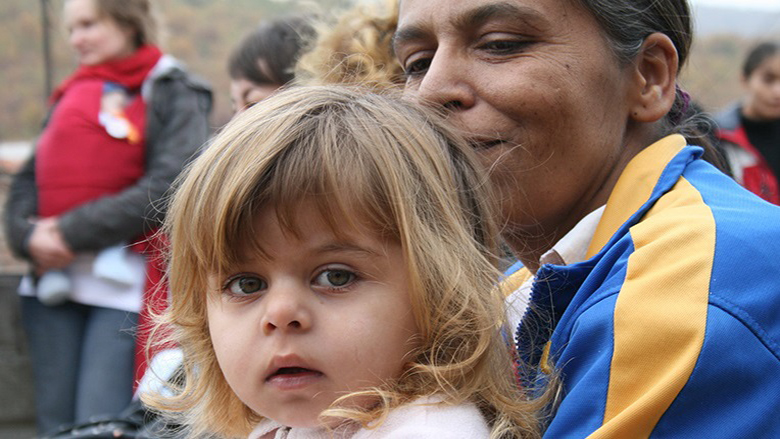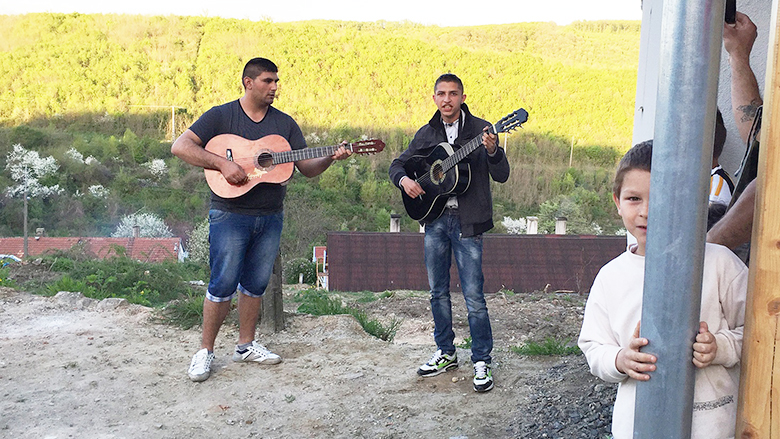Hungary has benefited from rapid income growth over the last two decades. Still, close to one third of its population, and more than 40 percent of children aged 0-17 years remain at risk of poverty or social exclusion, according to Eurostat data for 2014.
The country’s long-term economic growth prospects and living standards are facing the dual challenge of an aging and declining population. With fewer workers entering the labor market and more and more leaving their jobs due to retirement or an old age sustaining long-term growth will depend on ensuring that Hungary’s working age population is well equipped to face this challenge.
Unless people are able to get better skills to make themselves more employable and have better job prospects, the situation is not going to change. For many young Hungarians leaving school today, the reality is that it is not easy to find a job.
The Programme for International Student Assessment (PISA) - an international survey which evaluates education systems worldwide by testing the skills and knowledge of 15-year-old students - sheds sobering light on the chances children from socially disadvantaged background have when it comes to their future job prospects.
The 2012 PISA data demonstrates that these children simply do not obtain the necessary reading and math skills that are needed for jobs in an advanced 21st century economy. Similarly, Roma jobseekers - who make up an increasing share of new working-age population – have worse chances to get a job, and earn much less than non-Roma. All in all, these challenges demonstrate the clear need for strategic investments in improving the access to human capital development.
But what does this mean in practical terms?
First, prioritizing and closely monitoring investments in social inclusion, such as addressing child poverty, improving school performance, enhancing skills of jobseekers, implementing housing desegregation projects with a geographical focus on areas where the most vulnerable, marginalized and disadvantaged families live.
Second, improving the connection between the national level planning and the local level implementation of activities through a well-defined division of labor and institutional mandates, improved support and mentoring provided for local actors (mayors, social service professionals), and a more effective use of the Local Equal Opportunity Plans.
Third, learning from each other by exchanging good practices on successful interventions in disadvantaged areas, to help identify solutions that work and can be replicated elsewhere in the country.
Fourth, “acting locally” by encouraging communities to identify their own needs and support them in carrying out sound solutions; developing strong partnerships between municipal authorities, community leaders, social workers, and non-governmental organizations to help build mutual trust and ownership.



